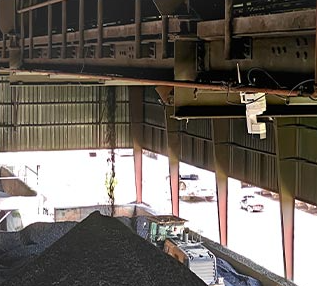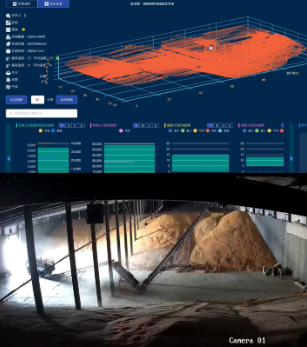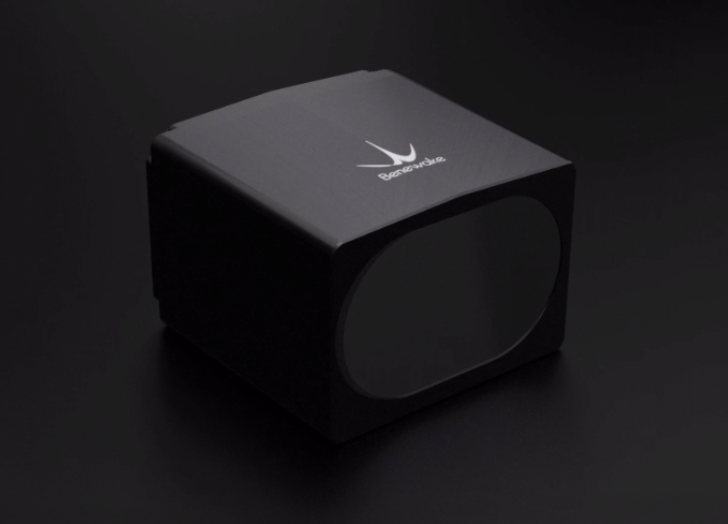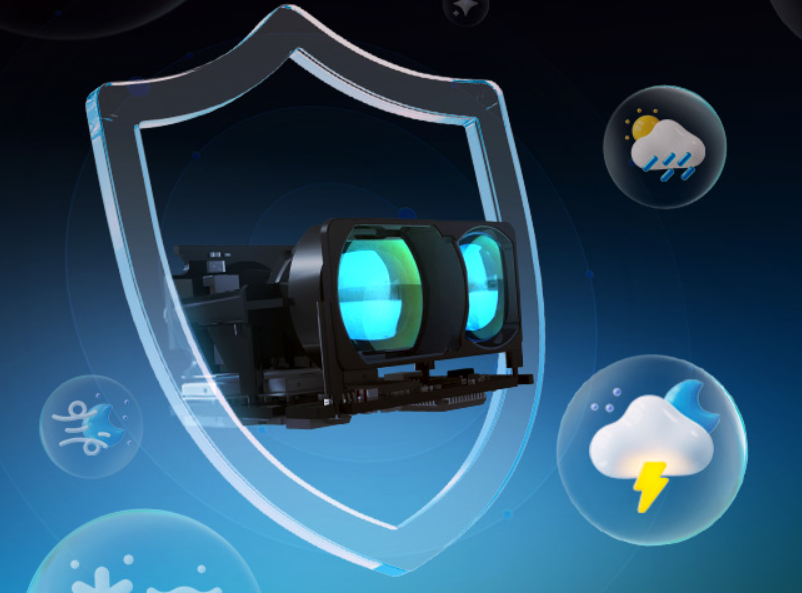Long Distance Series Product Model

2025-10-28
Accurate volume data is critical in many industries, including mining, construction, agriculture, and material stockyards, which helps maintain inventories, control costs, and align production with demand.
Yet stockpiles are often large, irregular, and difficult to measure with consistency. Therefore, gathering this information quickly, safely, and with precision has become a critical challenge that organizations must address to remain competitive. LiDAR modules have emerged as a reliable solution to measure volume, presenting fast and highly accurate results that traditional methods cannot consistently achieve. Their ability to generate real-time, precise measurements allows businesses to improve planning, mitigate risks, and improve overall efficiency.

Here are some limitations of using traditional methods for volume data measurements:
Conventional approaches, such as manual surveys or 2D imaging, often struggle to capture the true shape of large or irregular stockpiles. Slopes, corners, and uneven surfaces are frequently overlooked, leading to measurements that deviate from actual volumes. Even minor errors can create significant discrepancies once scaled to industrial quantities.
Traditional volume measurement methods demand considerable time and manpower. Workers may need to climb piles or set up multiple reference points, slowing down operations and introducing unnecessary safety risks. In industries where material levels change daily, this lack of efficiency disrupts planning and decision-making.
The environmental sensitivity of traditional methods varies across different technologies. Manual measurement is doubly disadvantaged: it becomes dangerous in rain, snow, or wind due to slippery surfaces, while dust, fog, or low light impairs operator visibility and accuracy.
Ultrasonic sensors, another common tool, are plagued by their own set of issues. Their readings drift with temperature changes due to the varying speed of sound, and dust particles in the air can absorb or scatter the sound waves.
The ongoing need for manual labor, specialized tools, and safety precautions drives up expenses. For businesses handling multiple locations or frequent stockpile checks, these costs accumulate quickly and reduce overall profitability.
LiDAR modules address the shortcomings of traditional measurement methods by offering a combination of precision, speed, and adaptability that meets the needs of modern industries. So, how is volume measured using LiDAR distance sensors? Let's see:
A LiDAR module emits short laser pulses and calculates the time it takes for them to reflect off a surface and return. This data is then converted into precise distance measurements.
Take our Benewake LiDAR volume detection system as an example. With its wide field of view of 120°*120°, the high-precision LiDAR generates high-density point clouds and directly outputs volume measurements. This makes it suitable for 3D reconstruction and volume detection systems for targets such as material levels, coal piles, and grain silos.

(1) Real-time Monitoring with High Precision and Reliability
The precise LiDAR sensors can deliver results instantly, achieving continuous and automated inventory tracking throughout production cycles. This real-time visibility supports better decision-making, prevents shortages or excess, and provides reliable data without long delays in processing.
(2) Weather-resistant Design
Industrial environments often pose difficult conditions, yet LiDAR modules are built to maintain accuracy in dust, rain, fog, and low light. This durability ensures consistent performance in both outdoor and remote operations.
(3) Flexible Deployment
The LiDAR sensors can be installed in stationary setups or built into mobile equipment. This adaptability makes it suitable for diverse environments such as silos, quarries, construction sites, or large storage yards.
(4) Seamless System Scalability
This refers to integrating multiple LiDAR modules into a unified network, permitting the system to grow alongside operational needs. Users can begin with a single unit and later add more devices to measure volume. This provides a future-proof investment that avoids the cost and complexity of installing entirely new, separate systems.
As practical tools to gain precise volume data, LiDAR modules are used in a variety of use cases, including:
Sand, gravel, and crushed stone should be closely monitored to maintain batching accuracy. LiDAR modules track material consumption in real time, helping managers align raw material procurement with production schedules and avoid costly operational interruptions.
Manual inspection of silos is time-consuming and poses safety risks. LiDAR modules measure stockpile levels automatically, cutting down on manual inspections. This gives managers constant insight into material quantities and helps keep supplies replenished on schedule.
Deliveries of soil, gravel, and other materials are central to construction project timelines. LiDAR modules support teams to measure incoming loads quickly and precisely, improving transparency in material management and minimizing disputes between contractors and suppliers.
Operations in isolated locations often face challenges with regular monitoring. LiDAR modules enable remote visualization of inventory, transmitting accurate data to central systems. Managers can track stock levels without visiting the site, lowering costs while maintaining reliable oversight.
To address the complex challenges of industrial volume measurement, we have developed a range of high-performance LiDAR sensors. These models deliver exceptional reliability along with accurate, stable data, even in the most demanding environments.
The TF03 is a compact yet powerful LiDAR sensor. It incorporates a unique optical system and advanced signal processing technology, achieving an exceptional measuring range of over 100 meters while maintaining a small form factor. In addition, a customized housing-free version is available, weighing only 10 grams (31.0 mm × 30.2 mm × 19.2 mm) to offer maximum flexibility for integrated system designs.

The TFA300 boasts an ultra-high detection frequency of up to 10,000 Hz. This enables near real-time distance tracking of fast-moving objects, dramatically improving overall system responsiveness. Furthermore, the LiDAR module is built to perform reliably under extreme conditions, including wide temperature variations, strong ambient light (up to 100 KLux), rain, fog, and dust. It effectively filters out false detections from environmental interference, guaranteeing complete data integrity.

LiDAR technology is revolutionizing industrial volume measurement by overcoming the limitations of traditional methods. Our Benewake LiDAR modules deliver high-precision, real-time data, empowering businesses to optimize inventory control, enhance safety, reduce costs, and make truly data-driven decisions.
Ready to upgrade your volume measurement? Contact us to turn your measurement challenges into measurable success.